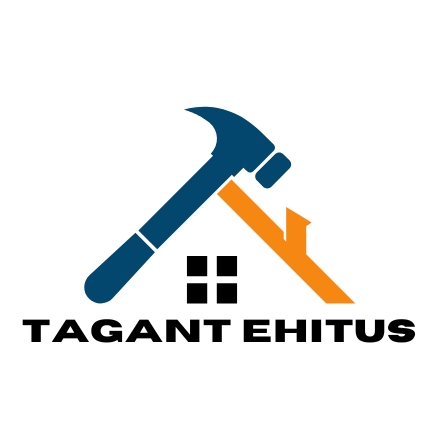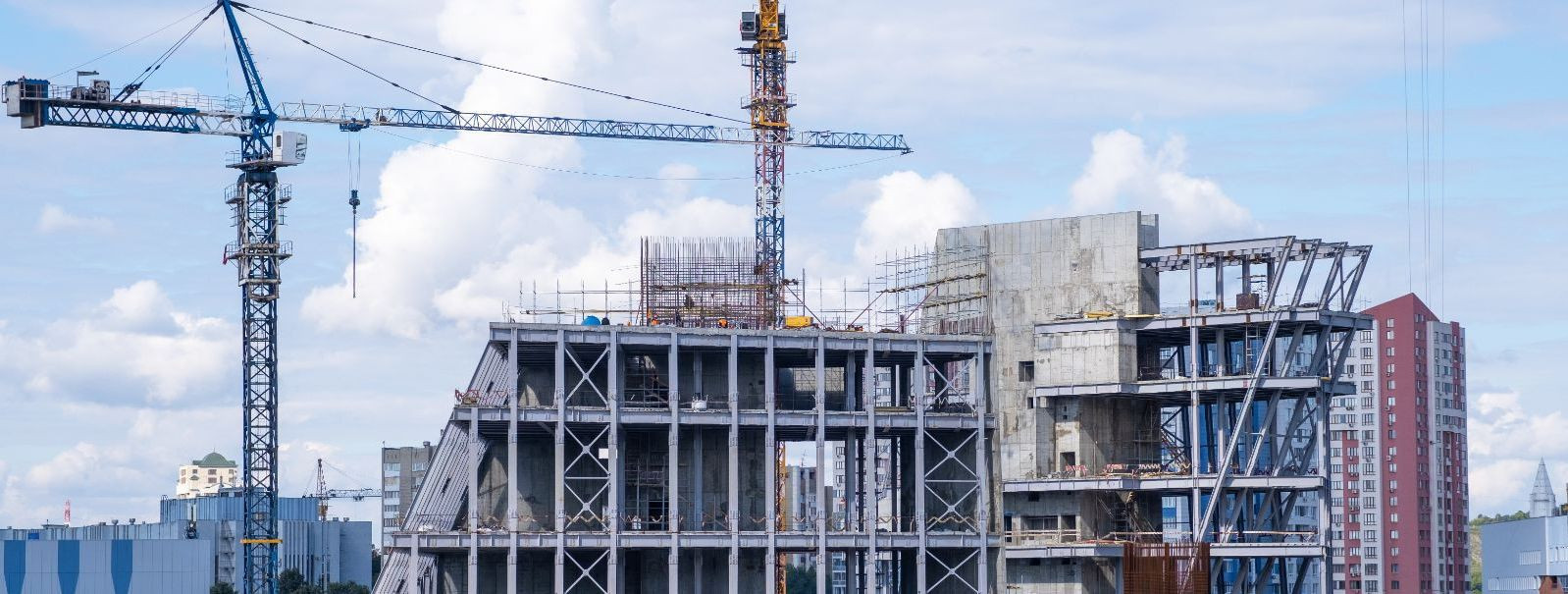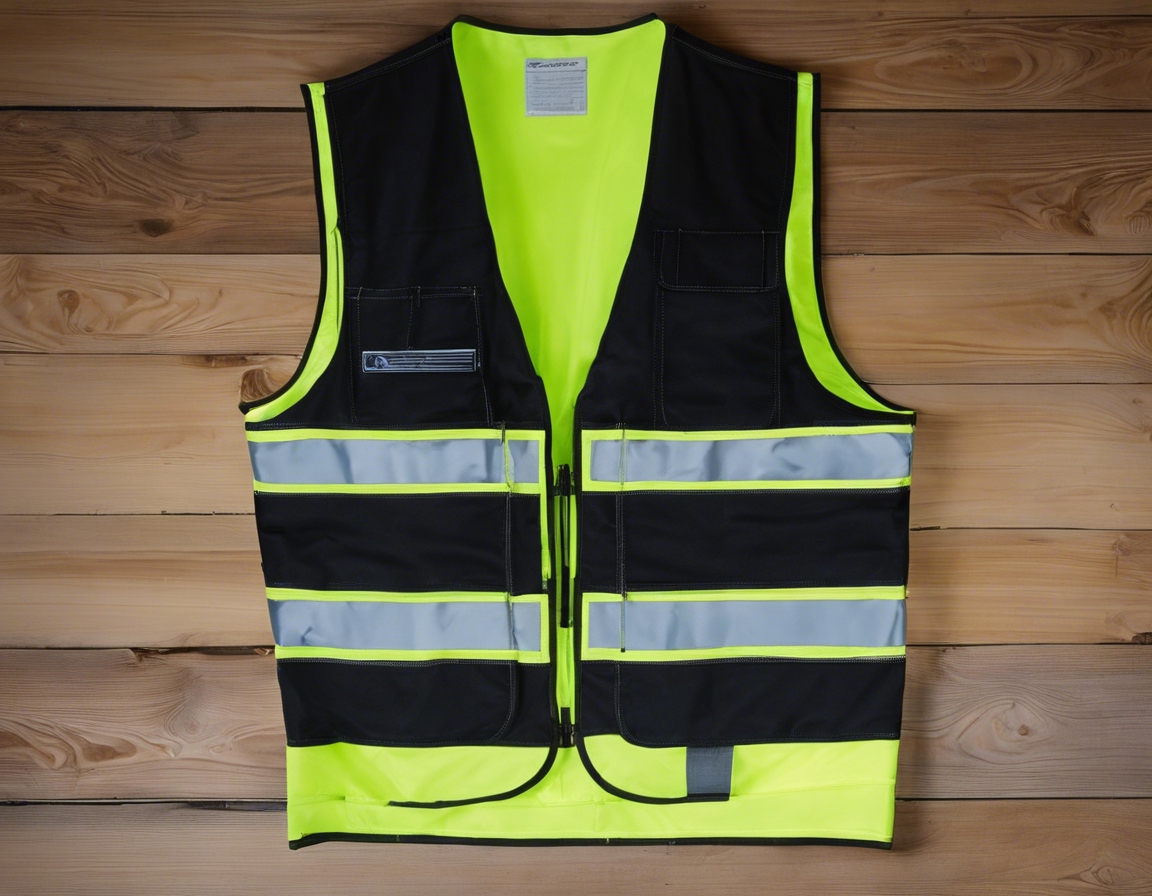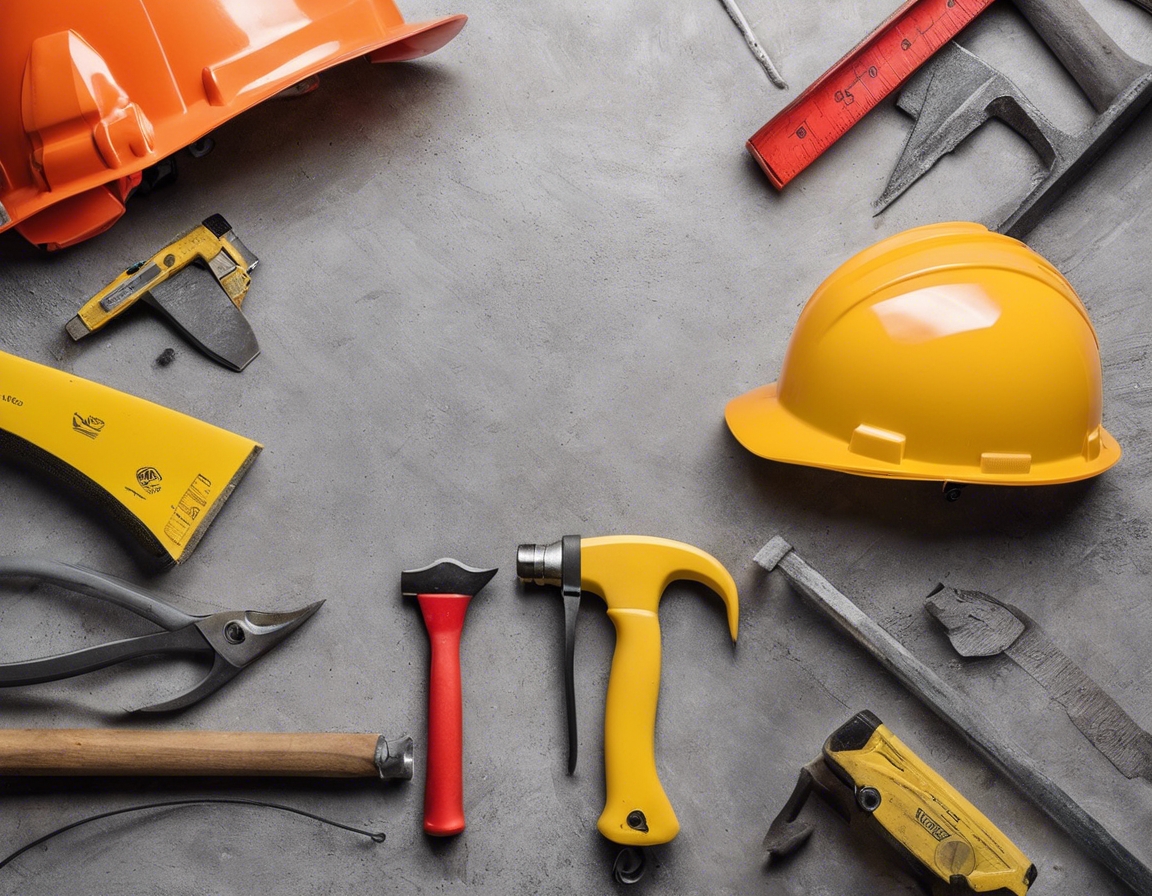The importance of sustainability in modern building practices
As the world grapples with the pressing issues of climate change and environmental degradation, the construction industry is undergoing a pivotal transformation. Sustainable building practices are no longer a niche trend but a fundamental approach to modern construction. TAGANT EHITUS OÜ is at the forefront of this movement, recognizing the critical role that the built environment plays in shaping a sustainable future.
Sustainable building involves constructing and operating buildings in ways that reduce environmental impacts, promote health and well-being, and contribute to a thriving economy. It encompasses a holistic view of the construction process, from the sourcing of materials to the long-term maintenance and operation of the building.
The concept of green construction has evolved significantly over the past few decades. What began as simple energy conservation efforts has blossomed into a comprehensive discipline that addresses a wide range of environmental, social, and economic concerns.
The Pillars of Sustainable Construction
One of the core pillars of sustainable construction is optimizing energy use. This includes designing buildings that take advantage of natural lighting and ventilation, as well as incorporating renewable energy sources such as solar and wind power.
Water is a precious resource, and sustainable building practices strive to minimize water usage through efficient plumbing fixtures, rainwater harvesting systems, and water-efficient landscaping.
Choosing the right materials can have a profound impact on a building's sustainability. Materials should be selected based on their lifecycle impacts, recyclability, and durability. Waste reduction is also a critical component, with strategies such as prefabrication and recycling playing key roles.
The health and comfort of building occupants are paramount in sustainable construction. This involves using non-toxic materials, ensuring adequate ventilation, and maintaining optimal temperature and humidity levels.
Where a building is located and how it interacts with its surroundings is also a vital aspect of sustainability. Sustainable site selection includes considering factors like biodiversity, transportation access, and the integration with local infrastructure.
Benefits of Sustainable Building
By reducing resource consumption and minimizing waste, sustainable buildings have a lower environmental footprint. They help to conserve natural habitats, improve air and water quality, and reduce greenhouse gas emissions.
Although there may be higher initial costs, sustainable buildings often lead to long-term savings through reduced energy and water bills, lower maintenance costs, and increased property values.
Sustainable buildings contribute to the well-being of their occupants and the community at large. They provide healthier living and working environments, which can lead to increased productivity and satisfaction.
Challenges in Sustainable Construction
One of the biggest challenges facing sustainable construction is the perception of high upfront costs. However, with careful planning and the use of innovative financing models, these costs can be mitigated.
Navigating the complex landscape of building codes and sustainability standards can be daunting. It requires a deep understanding of local and international regulations.
The construction industry must embrace new technologies and materials to achieve sustainability goals. This often means investing in training and education to close the skill gaps that exist in the workforce.
Best Practices for Sustainable Building
For a building to be truly sustainable, environmental considerations must be integrated from the very beginning of the design process. This ensures that sustainability is not an afterthought but a guiding principle.
Certifications like LEED, BREEAM, or the Living Building Challenge provide frameworks for achieving sustainability objectives and can serve as valuable benchmarks for the industry.
Advancements in technology and material science offer exciting opportunities for sustainable construction. From smart building systems to biodegradable materials, innovation is key to pushing the boundaries of what is possible.
The field of sustainable construction is ever-evolving. Continuous learning and a commitment to improvement are essential for staying ahead of the curve and delivering projects that meet the highest standards of sustainability.






Comments (0)